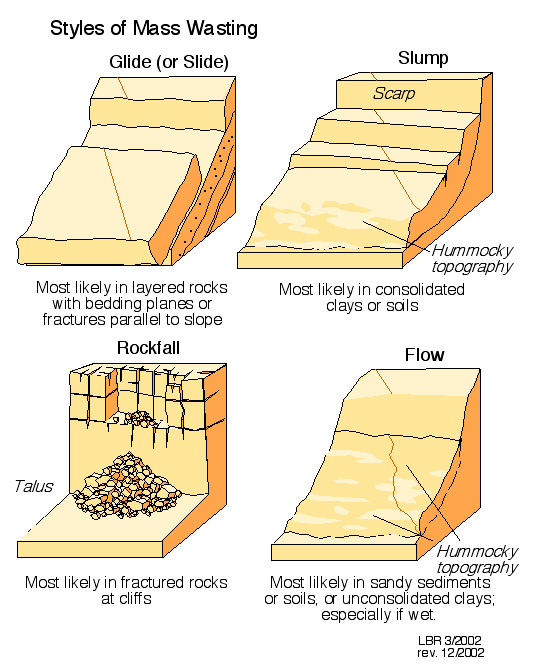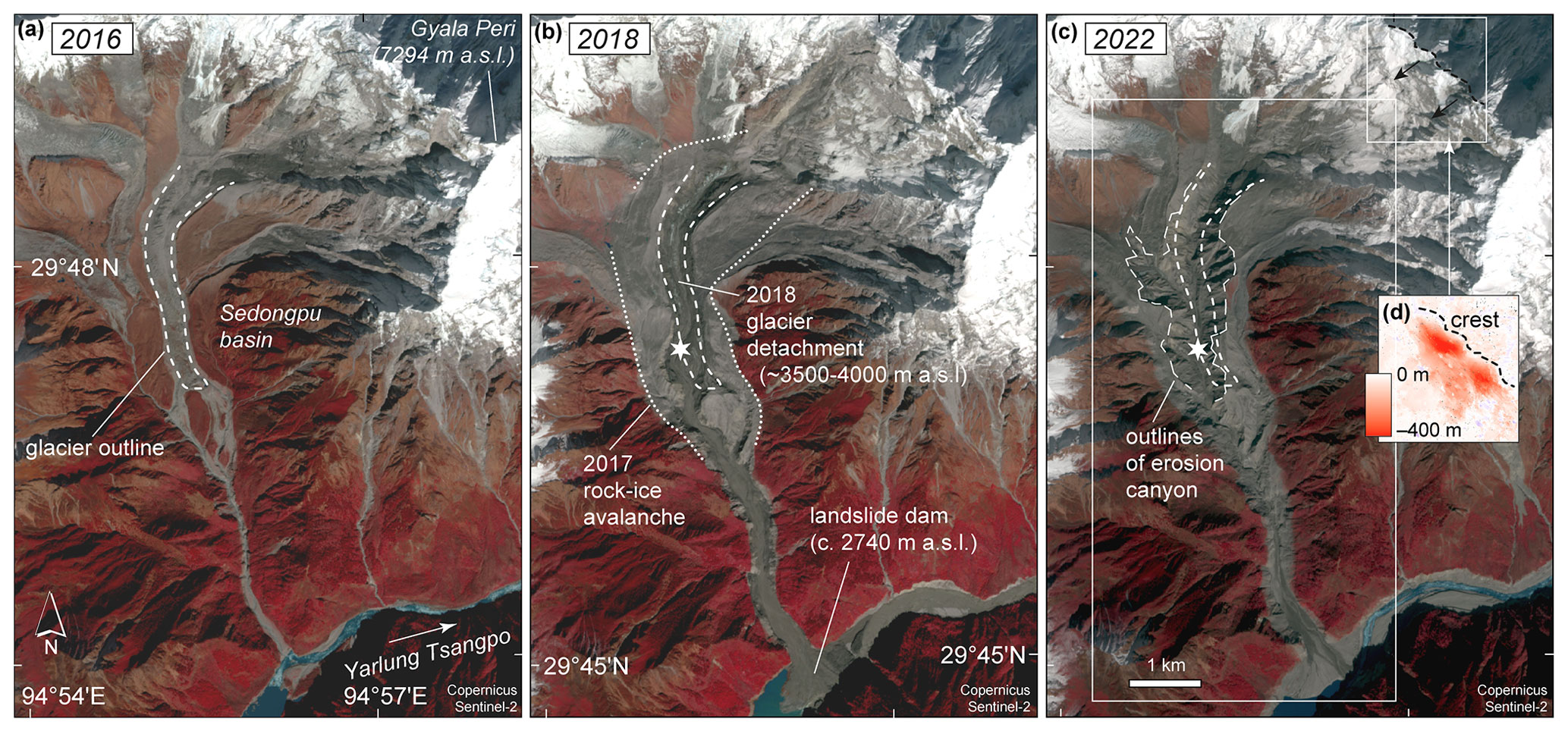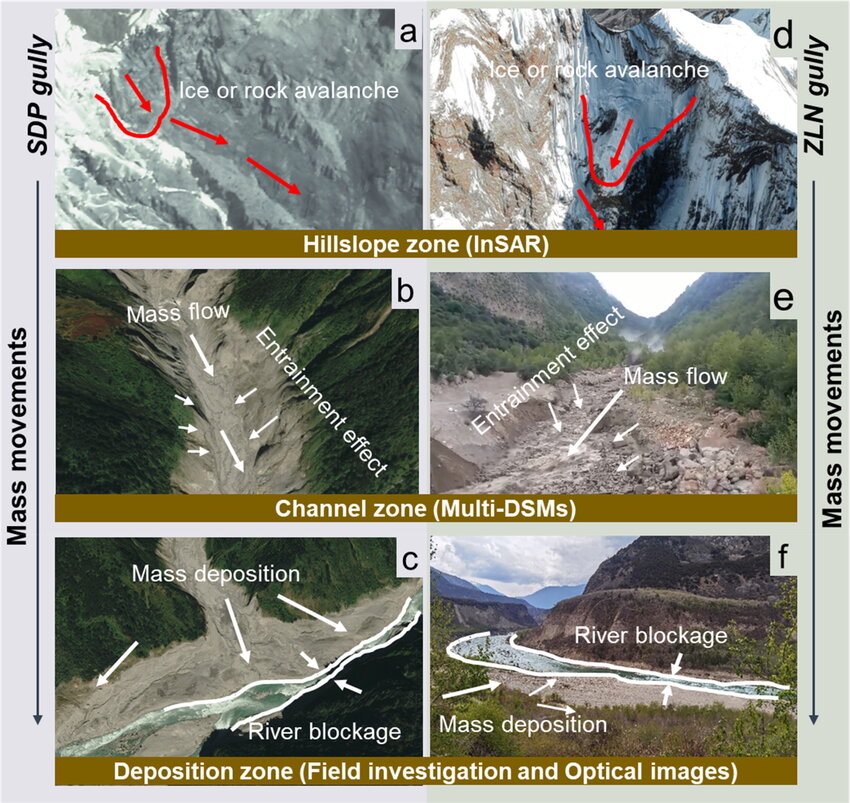7667766266
enquiry@shankarias.in
A new study highlighted the impact of high frequency of mass wasting events in the Sedongpu Gully to Northeast India.

|
Sedongpu Gully |
|
|

A moraine is a mass of rocks and sediment deposited by a glacier.

Debris flows have occurred in two adjacent gullies, namely Sedongpu Gully (SDP) and Zelongnong Gully (ZLN), since the 1950s.
The Hindu| Frequent mass wasting in Tibet could Impact India